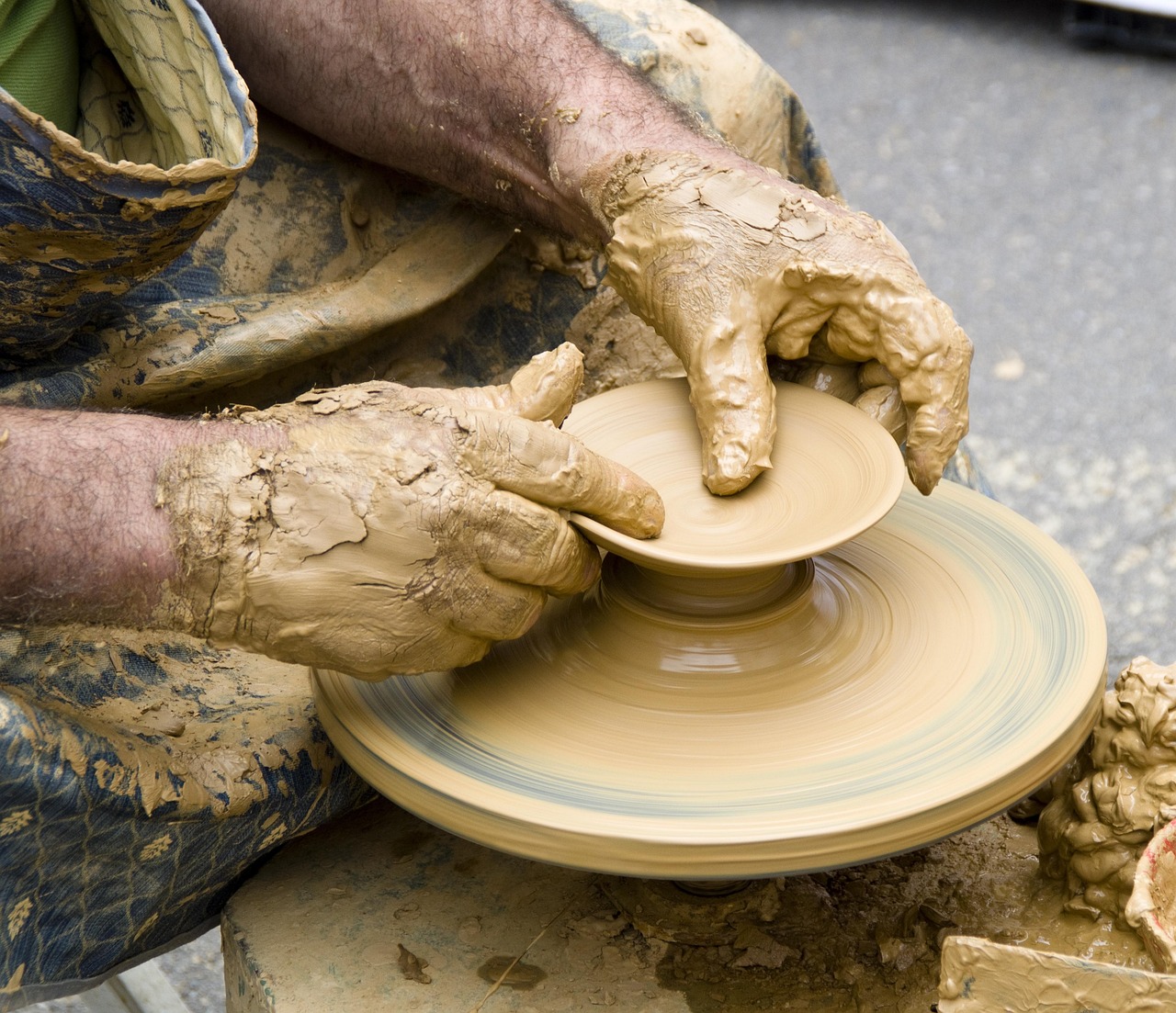Proper watering after pruning is essential for tree recovery, encouraging healthy growth and reducing stress. Deep, slow watering with tools like soaker hoses ensures roots absorb moisture 12-18 inches deep. Regular soil moisture checks and seasonal adjustments optimize recovery, helping your trees stay strong and vibrant after pruning.
Pruning is such a vital part of maintaining healthy, beautiful trees. I’ve personally seen how removing dead or damaged branches can boost airflow and encourage fresh growth. But, honestly, pruning can stress a tree out if not done carefully or if the post-pruning care isn’t up to par. That’s why I always focus on watering as one of my top priorities afterward. It’s like giving my trees a nutritious boost to recover faster.

Over the years, I’ve picked up some tips and tricks about watering that I’d love to share. Understanding exactly how much water a tree needs after pruning has been a game-changer for me—getting it right means faster recovery and healthier growth. Here are some insights I’ve gathered from my own experience, including techniques, things to watch out for, and a few warnings I wish I knew earlier.
Understanding My Trees’ Water Needs
I always remind myself that trees, much like us, need water to thrive. But the amount isn’t the same across all types. I’ve learned to pay attention to factors like the type of tree I’m caring for, the soil it’s planted in, the weather, the tree’s size and age, and even the season. After pruning, I notice that leaves might droop or branches might look wilted—those are signs I need to step up my watering game. When in doubt, I check the soil about 2-3 inches below the surface; if it feels dry, it’s time to water.

Pro-Tips: Common Mistakes I’ve Learned to Avoid
When I first started caring for trees after pruning, I made a few mistakes that slowed down their recovery. Looking back, I realize these are common pitfalls worth avoiding:
– When I rushed to water immediately after pruning without checking soil moisture, I sometimes overwatered, leading to root issues. Now, I always test the soil first before watering again, making sure the soil is dry at 2-3 inches deep.
– I used to water on a fixed schedule without considering weather conditions. This often resulted in unnecessary watering during rainy days or drought stress during prolonged dry spells. Now, I check the weather and soil moisture regularly and adapt my watering accordingly.
– At first, I didn’t pay enough attention to watering depth. Watering lightly or for too short a time didn’t penetrate deep enough, which weakened roots. I learned to water slowly over an hour using a drip or soaker hose to ensure water reaches at least 12-18 inches deep.
– I underestimated the importance of mulching. Without it, soil moisture fluctuated wildly and weeds competed for water. Now, I lay organic mulch around the base, keeping moisture in and weeds out, and avoid piling it against the trunk.
– Early on, I ignored signs of water stress such as wilting or browning leaves. Instead of adjusting my watering, I kept a fixed plan, which only worsened the situation. Now, I watch my trees closely and respond immediately to signs of drought or overwatering.
– I also learned not to fertilize immediately after pruning, as this can stress the tree further. Waiting until healthy new growth appears helps the tree recover stronger and faster.
– Lastly, I used to think all watering methods were equal, but I found that quick surface watering doesn’t benefit the roots as much as deep, slow watering. Over time, I transitioned to techniques that promote deep moisture, avoiding puddles or runoff.
My Favorite Watering Techniques After Pruning
Over the years, I’ve settled on a few tried-and-true watering methods that really help my trees recover. The key is to promote deep, consistent moisture in the soil—avoiding waterlogging, which can cause problems too. Here’s what I always do:
Deep Watering Habits I Rely On
I’ve found that slow, deliberate watering, like using a soaker hose or drip system, does wonders. It allows the water to seep deeply into the soil—about 12-18 inches—encouraging strong root growth. I always set my system to run gradually, letting the roots enjoy a little treat instead of rushing through.
- I use a soaker hose or a drip irrigation setup to deliver water directly to the root zone, avoiding the overwatering of leaves or trunk.
- I water slowly, sometimes over an hour, so that the moisture penetrates deeply instead of just running off or pooling on the surface.
- My goal is to reach at least 12-18 inches deep in the soil—more if possible—to really support healthy roots.
How Often Should I Water? My Personal Take
From my experience, the watering frequency really depends on the weather and the tree. I tend to water more during hot, dry spells—like every 5-7 days—especially in summer. When it’s milder or wetter, I stretch it out to every 10-14 days. And during cooler, rainy times, I coast with every 2-3 weeks. It’s a balance—if I notice the soil feels dry or the leaves start wilting, I water more. If it feels soggy, I hold off.
My advice is to check the soil moisture regularly—don’t just go on a fixed schedule. I stick my finger into the soil, and if it feels dry at 2-3 inches deep, I water. If it’s wet, I wait.
Recognizing Signs of Water Stress — My Early Warnings
Over the years, I’ve become pretty good at catching the early signs that my trees aren’t getting enough water. Wilting leaves, browning edges, or premature leaf drop are clear indicators. If I see any of these, I adjust my watering schedule immediately. Sometimes, I’ve learned the hard way—neglecting these signs can lead to longer recovery times or root problems.

Additional Tips I Always Keep in Mind
- I avoid fertilizing immediately after pruning because it can stress the tree further—better to wait until it shows signs of healthy new growth.
- Mulching around the base of the tree has become my secret weapon—keeping moisture in, regulating soil temperature, and preventing weeds that compete for water.
- I ensure I prune correctly, making clean cuts to minimize injury and promote quick healing. It’s something I’ve learned the hard way—poor pruning can delay recovery.
Why Soil Moisture Matters More Than You Think
One thing I always remind myself is that soil moisture is the backbone of healthy trees after pruning. When branches come off, the tree’s ability to absorb water through leaves drops, so I have to pay closer attention to the soil. Different soils hold water differently, which means I adjust my watering plan accordingly.
My Soil Types and Their Water-Holding Qualities
| Soil Type | Water Retention | Drainage |
|---|---|---|
| Clay | High | Poor |
| Silt | Moderate | Moderate |
| Sand | Low | Excellent |
| Loamy | High | Good |
I’ve learned that loamy soil is ideal because it balances moisture retention and drainage. Avoid clay if you tend to water too much—waterlogging can harm roots. Sandy soil needs more frequent watering because it dries out fast.
My Secret Weapon: Mulching
Mulch is something I swear by. It’s such an easy way to keep the soil moist, insulate it, and keep weeds away. I always spread 2-4 inches of organic mulch around the base of my trees—but not right against the trunk—to prevent rot. It’s one of those simple steps that makes a big difference in recovery speed.
Different Trees, Different Needs — My Observations
Deciduous Trees
During their active season, deciduous trees need a deep drink weekly in dry weather. I watch for wilting or browning leaves, signaling I need to step up watering. I learned to reduce watering during rainy spells—overwatering in the rain can cause more harm than good.
Evergreens
Evergreens are a bit more sensitive, especially during winter. I make sure they stay moist even when dormant. My trick is to set up drip irrigation and check on them more frequently if it’s windy or particularly dry.
Watching the Seasons: What I Do Differently in Spring, Summer, Fall, and Winter
In warmer months, I water early morning or late evening—when evaporation is lower. I also add mulch to keep moisture locked in. During fall and winter, I cut back on watering, making sure the soil doesn’t stay too wet, which can cause root rot in cold weather. It’s all about adjusting based on the season’s needs—I’ve definitely learned that mock schedule doesn’t work all year round.
The Importance of Water Quality — My Personal Insights
I’ve come to realize that not all water is created equal. If the water has harmful salts, chemicals, or a pH that’s off, it can slow down or even harm recovery. I always test my water—pH, contaminants, salts—and if needed, I collect rainwater or use filters to improve quality. Sometimes, I add organic matter to buffer pH or improve soil health.
Caring for Newly Planted Trees — My Approach
When I plant new trees, I treat them almost like newborns—frequent, deep watering is essential in those first weeks. I even create watering rings around them to keep moisture concentrated near the roots. Signs like yellowing, root rot, or drooping branches tell me I’ve overdone or underdone it. It’s a delicate balance I’ve worked hard to find.
Tech Help: Modern Tools I Use
In recent years, I’ve started using moisture sensors and automated irrigation controllers. These tools help me avoid guesswork, especially during busy weeks. They provide real-time data, so I can adjust my watering plan accordingly, making sure my trees get just what they need.
Environmental Factors I Always Watch
High temps and windy days boost evaporation. I’ve learned to erect windbreaks and increase watering if it’s very windy or hot. Conversely, in humid or rainy conditions, I hold back, since excess water can create a perfect environment for fungi and root rot.
Wrapping Up My Personal Tree Care Philosophy
All this experience has taught me that caring for trees after pruning isn’t just about watering; it’s about understanding their entire environment and responding accordingly. Proper watering techniques, attention to soil, and seasonal adjustments are key. I always remind myself that overwatering can be just as harmful as underwatering — balance is everything.
By staying observant, using the right tools, and understanding my specific trees’ needs, I’ve seen healthier, more resilient trees that recover quickly and thrive. And honestly, I get a lot of satisfaction knowing I’m giving them the best care possible—because at the end of the day, trees are more than just plants; they’re part of my environment and my life.
